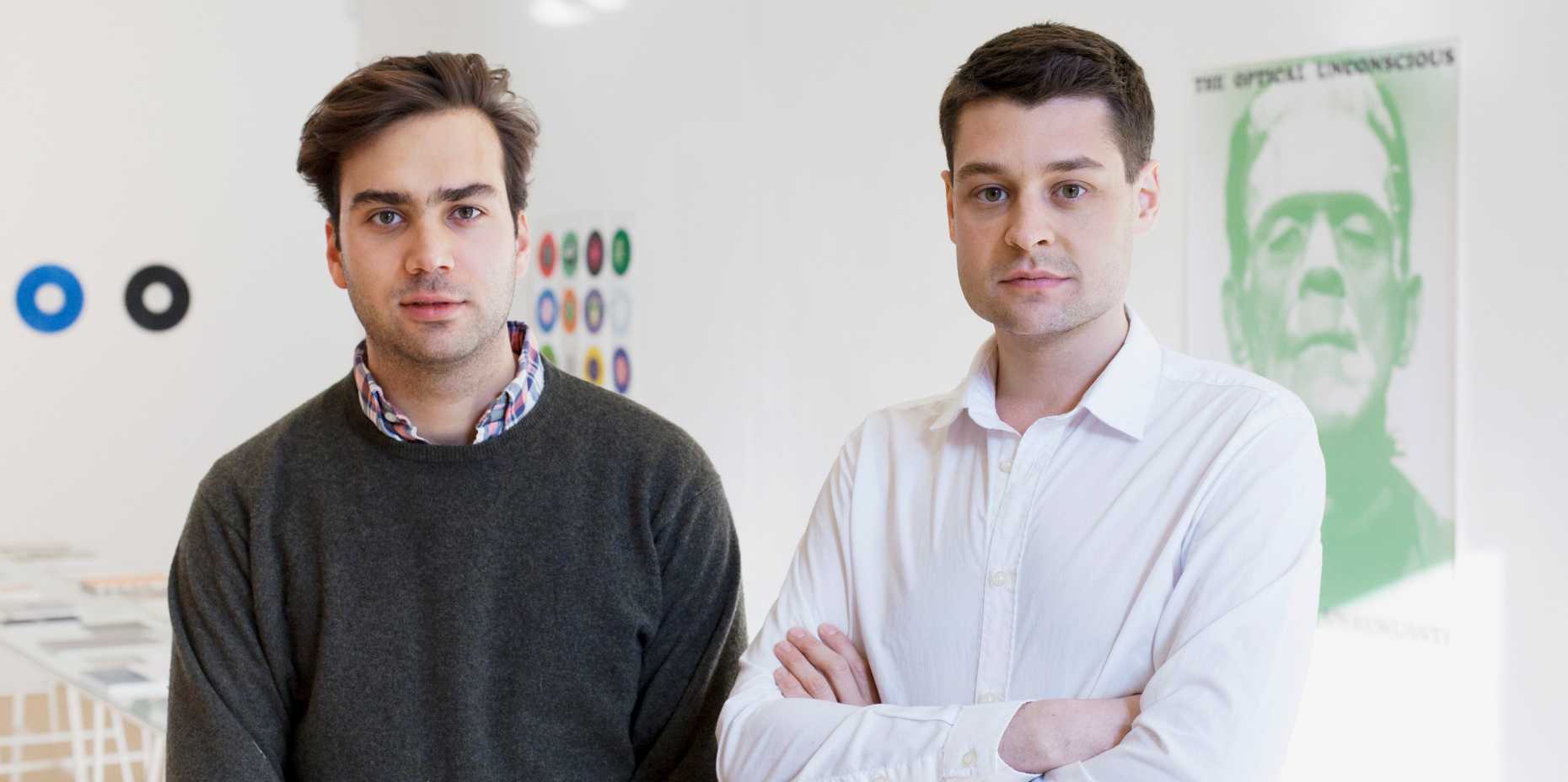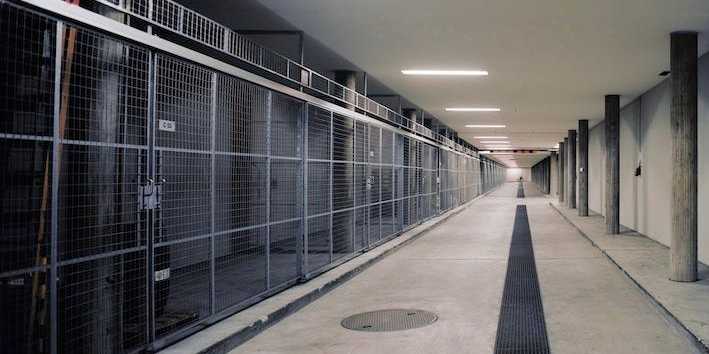From learning process to exhibitions
In January 2014, the exhibitions division of the Institute for the History and Theory of Architecture (gta) appointed two new directors. Niels Olsen and Fredi Fischli hope to breathe new life into the ETH exhibition landscape. Their first exhibition, The Walk, recently opened and demonstrates just what they mean by this.
The first thing people notice about the new directors of the gta Exhibitions is that they are young – very young. 27-year-old Fredi Fischli and 24-year-old Niels Olsen see their new position as a unique opportunity. “People are confident that we will be able to present gta's complex and eclectic topics. We have also been given a great deal of freedom in realising this,” says Fischli with obvious enthusiasm. Despite their newcomer status, the two directors are quite old hands when it comes to delivering complex content in compelling exhibitions. As students, they were already experimenting with new types of exhibitions, albeit in personal contexts at first. While others were writing scholarly treatises, Fischli and Olsen were fascinated by the idea of putting knowledge literally on display and founded «Studiolo» while studying art history at the Universities of Zurich and Basel. This involved repurposing the private atelier belonging to the sculptor Marianne Olsen, Niels Olsen’s grandmother. The studio was transformed into a public space in which abstract knowledge corresponds directly with the objects on display, allowing the beholder a different mode of reflection. Among other things, Fischli and Olsen received a scholarship for their curatorial work from Kurator, the Gebert Foundation for Culture in Rapperswil.
ETH – a veritable treasure trove
The two co-directors are, of course, aware that they have a tough act to follow. Philippe Carrard directed the division for over 25 years. Thanks to his work, exhibitions put on by gta enjoy an outstanding reputation. “Even though we're from a different generation and have different backgrounds, Philippe has helped us immensely in taking on the role as his successor,” says Olsen, addressing one of the most obvious changes – neither he nor Fischli are architects, which is why they say with tongue-in-cheek that they have little use for plans or models. Yet this allows them to take a different approach to the topics gta deals with. Fischli puts it this way: “We ask ourselves again and again how we can make architecture something tangible and the various architectural discourses something visible.”
Fischli and Olsen continuously expand their knowledge through this process and want to design their exhibitions accordingly: “When we're fascinated by something, we want to understand it. This learning process then becomes part of the exhibition because we find it more exciting when visitors join us on our quest than if we were to explain the world to them on a set of panels,” stresses Olsen. The Department of Architecture has numerous professorships, projects and students, making it a veritable treasure trove for the exhibition organisers. “So much interesting knowledge is produced here that we only have to seek out the topics the researchers are currently engaging with to find an exciting idea for a new project,” Fischli summarises, making it clear that in the future, they want gta Exhibitions to be more closely tied to research and specifically to the teaching of the Department of Architecture.
Exploring an underground exhibit on foot
That sounds great, but what exactly does that entail? This is what the new exhibition directors will be demonstrating in their first project, The Walk. The point of departure for the exhibition is a project undertaken by students at the gta. In October of 2012, Philipp Ursprung, ETH Professor of the History of Art and Architecture, accompanied his own students along with students from Karlsruhe University of Arts and Design on a trip to Italy. Ursprung purposely sent the students on walks for the purpose of teaching them about the concept of "strollology" conceived by sociologist Lucius Burckhardt, who lectured at ETH Zurich in the 1960s and early 1970s. The students' task was to observe and photograph the social fabric of Naples – including its seedy, mafia-imbued districts – and the dichotomy between public and private space.
However, it would have been too simple for Fischli and Olsen to present the findings of this research field trip in a traditional photo exhibit. So they then sent their students right back underground again – this time not metaphorically but rather literally into the underground “maze” at Hönggerberg. There, the students had to find places for the photographs to match their impressions of Naples. The final product is an exhibition in the cellars of the ETH building, which visitors are required to explore on foot. Registered visitors take an hour-long walk and experience first-hand what ETH students discovered during their research field trip.
“The idea was, of course, a gamble since we didn't know how the ETH as an institution would react to it. But we are thrilled by how well the experiment has been received and the impact it is already having,” Olsen reports. In this way, the students have given the underground space a new life. Many project participants were able to see a completely different side of the ETH for the first time. Building Services was also a great help and is an interactive part of the exhibition. Without a doubt, Olsen and Fischli, the new directors of gta Exhibitions, are breathing new life into ETH exhibitions thanks to their first project – and the two are brimming with more ideas. There is therefore plenty of reason to look forward to their next projects.
The Walk
The gta exhibition The Walk will be open from Thursday 20 February to Friday 11 April 2014, Mon-Fri 9 am to 10 pm. Visitors to the exhibition are required to take the personal tour. Registration: ausstellungen@gta.arch.ethz.ch. Starting point of the walk is the architecture foyer of the HIL building, Hönggerberg, ETH Zurich. For more information: gta


Comments
No comments yet